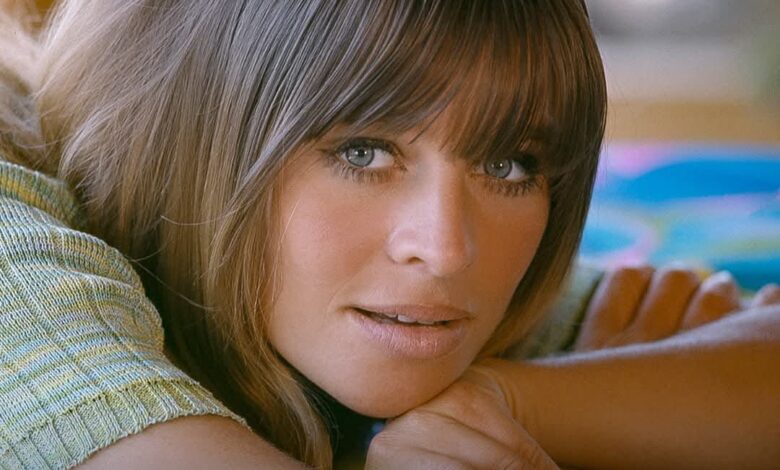The Untold Story: How This Iconic ’70s Academy Award Winner Left Fame Behind After Relationship with Warren Beatty

The Burden of Beauty and Celebrity
As the 1960s gave way to the 1970s, she remained a celebrated figure, recognized as much for her striking beauty as for her acting talent. Critics and audiences admired her performances in films like “Don’t Look Now” (1973), but the public’s fixation on her appearance began to overshadow her artistic achievements.
Time Magazine famously stated, “What [she] wears has more real impact on fashion than all the clothes of the 10 Best-Dressed women combined.” For many, she represented not just an actress but a cultural phenomenon, a face that defined a generation.
Yet for this actress, this unrelenting attention was both a blessing and a curse. While accolades accumulated, she felt increasingly confined by the industry’s superficial focus. She had become a symbol of glamour, but this label came at the expense of recognition as a serious artist.
She described fame as “having chewing gum in your hair always,” an irritation she couldn’t escape. Her discomfort with stardom was further amplified by incidents that highlighted how fame distorted her reality.
During one interview at a friend’s home, a journalist fabricated a narrative portraying her as pampered and detached. Though her friend had thoughtfully provided sandwiches for the interview, the journalist wrote that “[Her] maid came in with sandwiches,” creating an entirely false impression of luxury and indulgence.
This experience, among others, left her disillusioned with media coverage and wary of publicity. The pressure to maintain her image and the constant intrusion into her private life weighed heavily on her.
Finding Peace Away from Hollywood
By the late 1970s, her decision to withdraw from Hollywood was deliberate and carefully considered. The closest connection to home came from summers spent with her mother in rural Wales after returning from India as a child.
Seeking tranquility and a return to simplicity, she purchased a modest farm near Montgomery, North Wales, where she could escape fame’s relentless pressures. Her departure was both physical and philosophical.
She referred to it as a process of “de-celebritization,” intentionally removing herself from public attention and rejecting celebrity culture. In Wales, she cultivated a quieter existence, often entertaining friends and immersing herself in nature and activism.
Despite her retreat, the former actress maintained her sense of global responsibility. Over the years, she became deeply involved in causes she believed in, including campaigns against nuclear waste and for animal rights.
Her most significant activism has been with the Medical Foundation for Victims of Torture, inspired by its founder, Helen Bamber. She speaks of Bamber with deep respect, encouraging people to read her book and supporting the organization’s mission to help those who have endured extreme suffering.
Her life in Wales represented a conscious departure from Hollywood’s extravagance. Her choice to leave behind her career for a simpler, values-driven existence provided her a sense of peace that Hollywood never could.
Confronting Aging in the Public Eye
Though she left Hollywood behind, Julie Christie couldn’t completely escape the pressures associated with her image. As someone celebrated as the face of a generation, she encountered the inevitable challenges of aging in an industry—and society—that valued youth and beauty above all else.